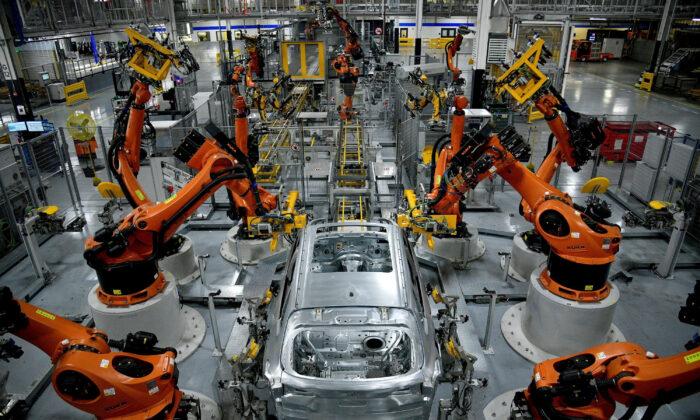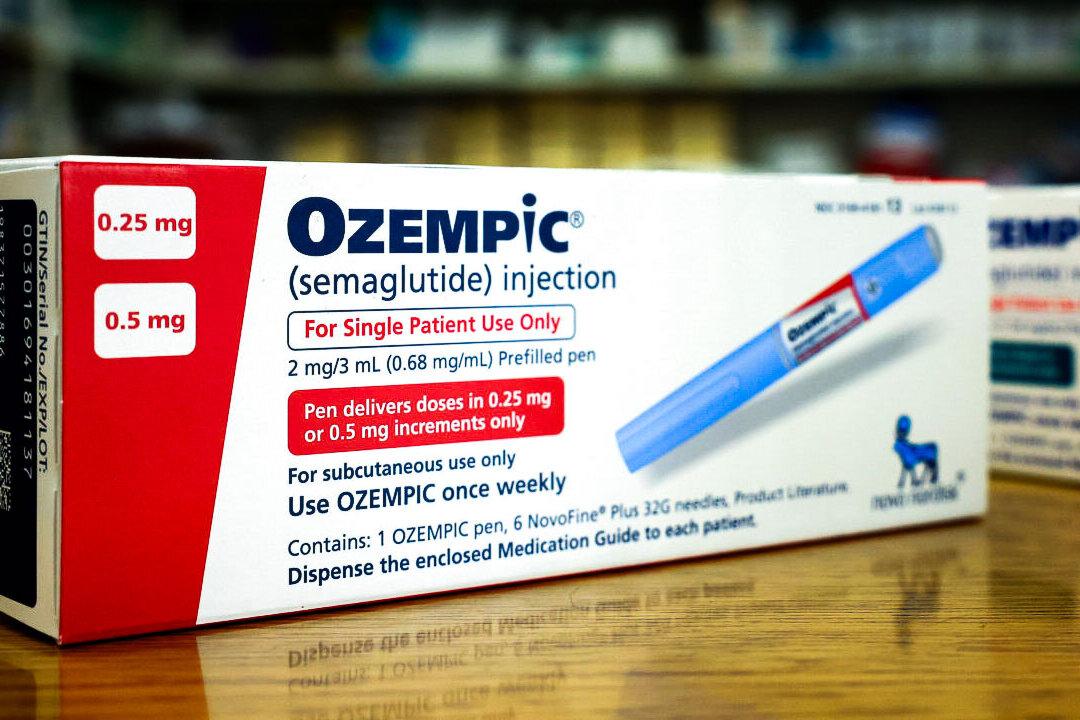Spending on business equipment fell in the month of September amid an overall decline in manufacturing activity, signaling a lack in business confidence across the economy.
Core capital goods orders—non-defense capital goods orders excluding aircraft—fell by 0.7 percent in September, to $74.77 billion from $75.33 billion in the previous month, according to an Oct. 27 press release from the U.S. Census Bureau. Core capital goods orders, a closely watched proxy for business-spending plans, measures cost of orders received by manufacturers of capital goods, which refer to goods planned to last for three or more years.
Shipments of core capital goods fell by 0.5 percent in September, following the 0.2 percent and 0.6 percent increases in August and July, respectively.
In total, new orders for manufactured goods rose by 0.4 percent in September, while shipments increased by 0.3 percent. The uptick in new orders was largely thanks to a 2.1 percent spike in orders for transportation equipment.
“New orders fell back into contraction territory following a marginal expansion in September. The decrease in client demand was solid and the sharpest since May 2020,” the release said.
Manufacturing Slowdown
The Federal Reserve Bank of Richmond’s Manufacturing Index also registered a decline this month, moving from zero in September to negative 10 in October.Over three-fourths of manufacturers felt supply issues were the biggest challenge faced by their business in August. Companies expressed concerns about disruptions to the supply chains as well as certain immigration and tax policies. Two-thirds of members believe a recession is on the horizon.
According to McKinsey, the manufacturing sector employs around 12 million people in the United States and accounts for $2.3 trillion of the country’s gross domestic product. It makes up 60 percent of America’s exports, 35 percent of productivity growth, and 70 percent of business research and development spending.





